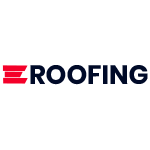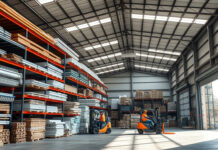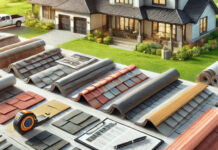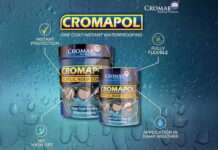The recent surge of negative attention on battery hens has increased the profile of raising chickens domestically. Hens, properly housed, watered and fed will lay eggs and can be eaten if the need arises. They also may appeal because of companionship (as with pets). This is particularly popular with bantam breeds and the Chinese Silkie. However, you will need the proper facilities to look after them.
Though the popular belief that chickens will drown in a rainstorm by looking up and swallowing raindrops is a myth, rain does pose a more prosaic threat to chickens. Unlike the duck, which can cover its feathers in a waterproof oil, chicken feathers will get soaked and in cold weather can lead to the chicken itself becoming extremely cold and sick.
Therefore, building a durable, waterproof roof for your chicken coop is a high priority. This roof should have a long eave at the door of at least a foot, and should have a pitch (angle) of at least 15 degrees. A chicken coop roof can be either a skillion (shed) roof, or a double-sided roof. The result is a roof that can shed water and snow.
Chicken Coop Roof: Using Shed Felt
This roof should be covered in a waterproof layer at the top. Shed felt is inexpensive and easy to install, protecting the roof with its bitumen. However, it is not particularly durable and so care should be taken. If you are interested in using shed felt, use the instructions laid down here and apply it to your coop.
Chicken Coop Roof: Using Corrugated Sheets
Another option is using corrugated sheets. The Corrapol sheets by Clear Amber can be purchased in several different varieties, offering a range of attributes and pricing. Their undulations prevent capillary action and force rain off of the roof. If you want to try a type of Corrapol you can, by following these instructions you can.
Chicken Coop Roof: Using Polycarbonate
Finally, if you want a super-durable situation you can use multi-wall Axiome: polycarbonate sheets again developed by the Clear Amber Group. Not only do these offer impressive insulation but they are also extremely durable. These instructions explain how to fix polycarbonate sheets to a timber frame.





